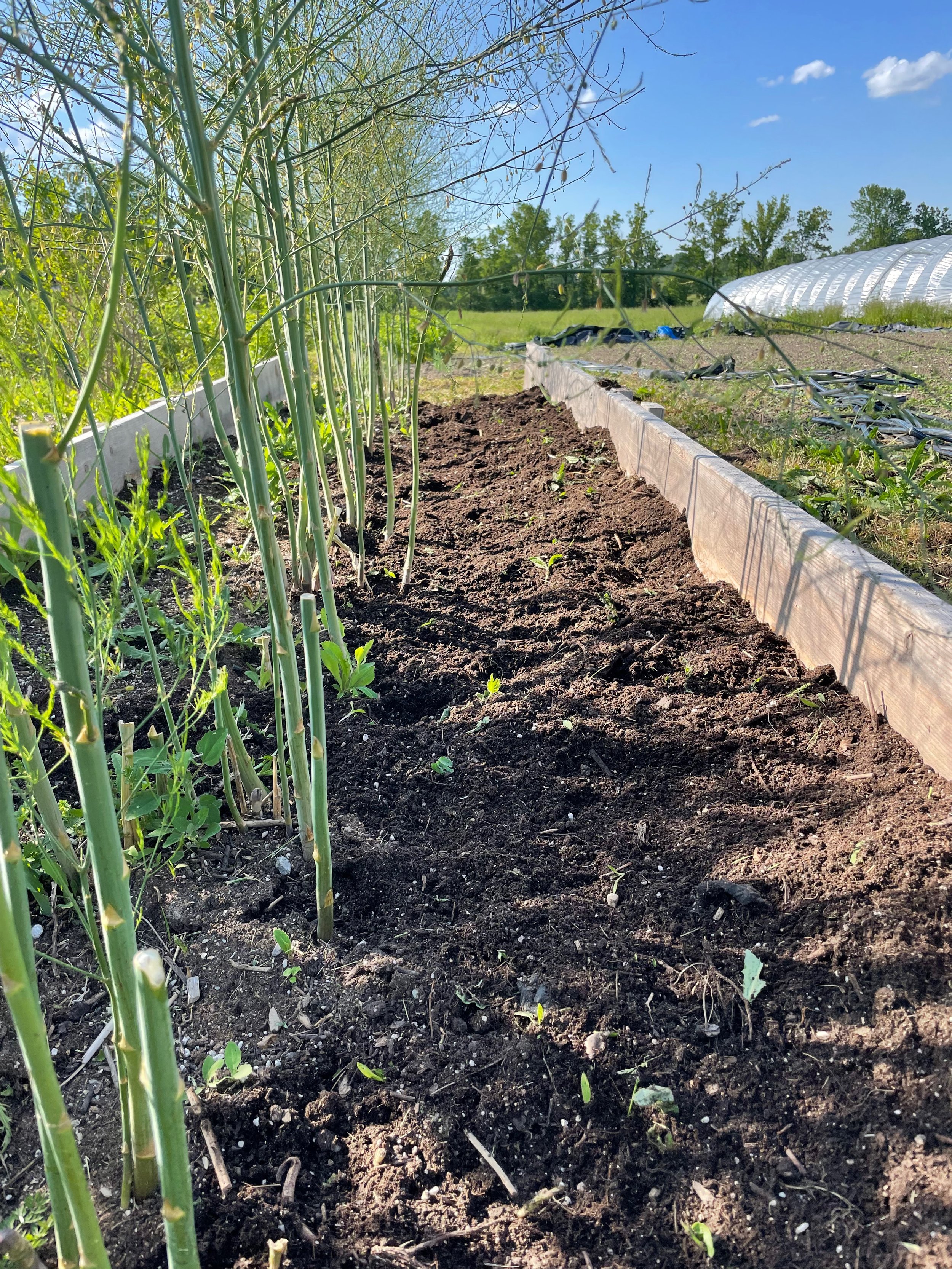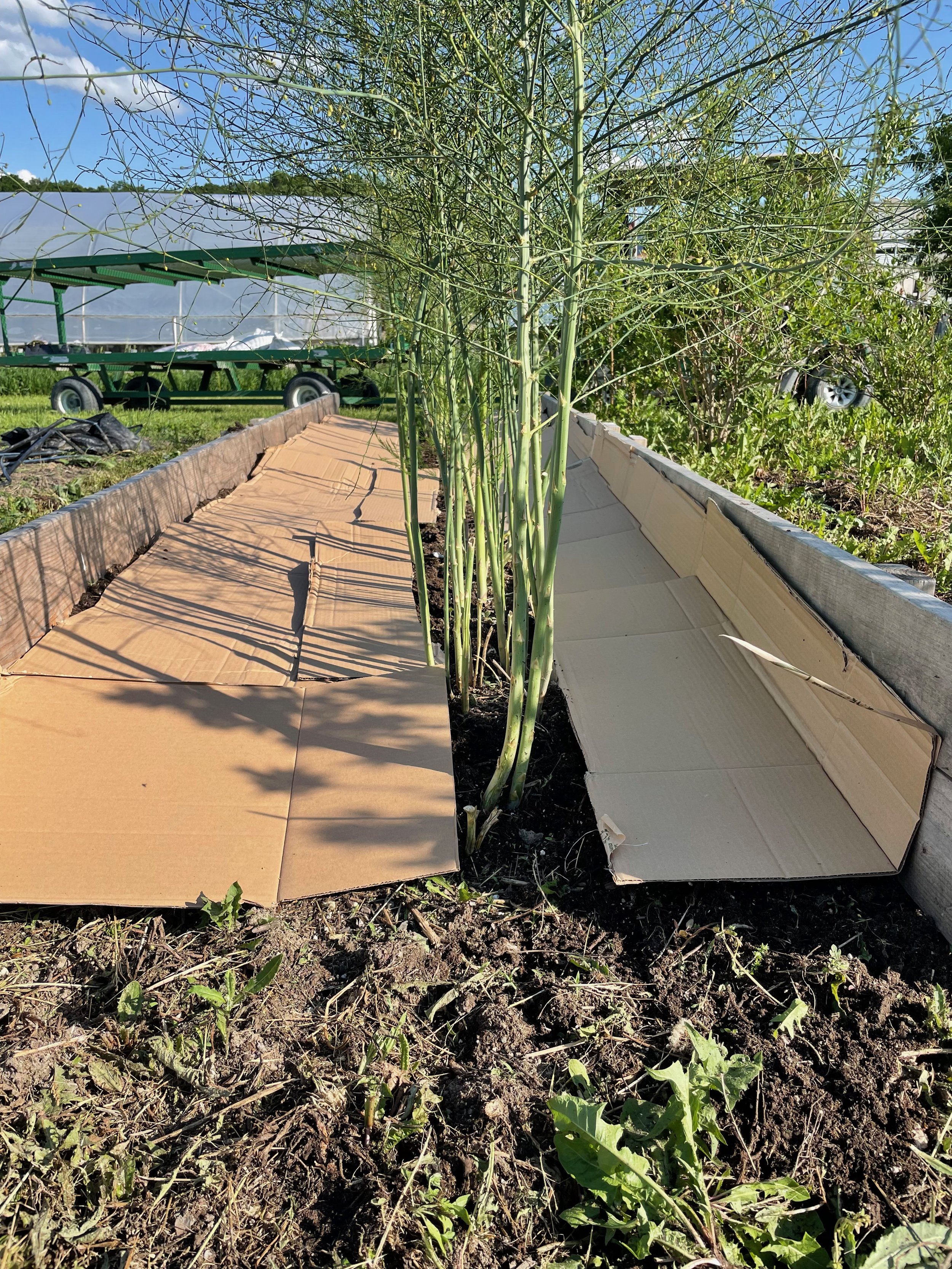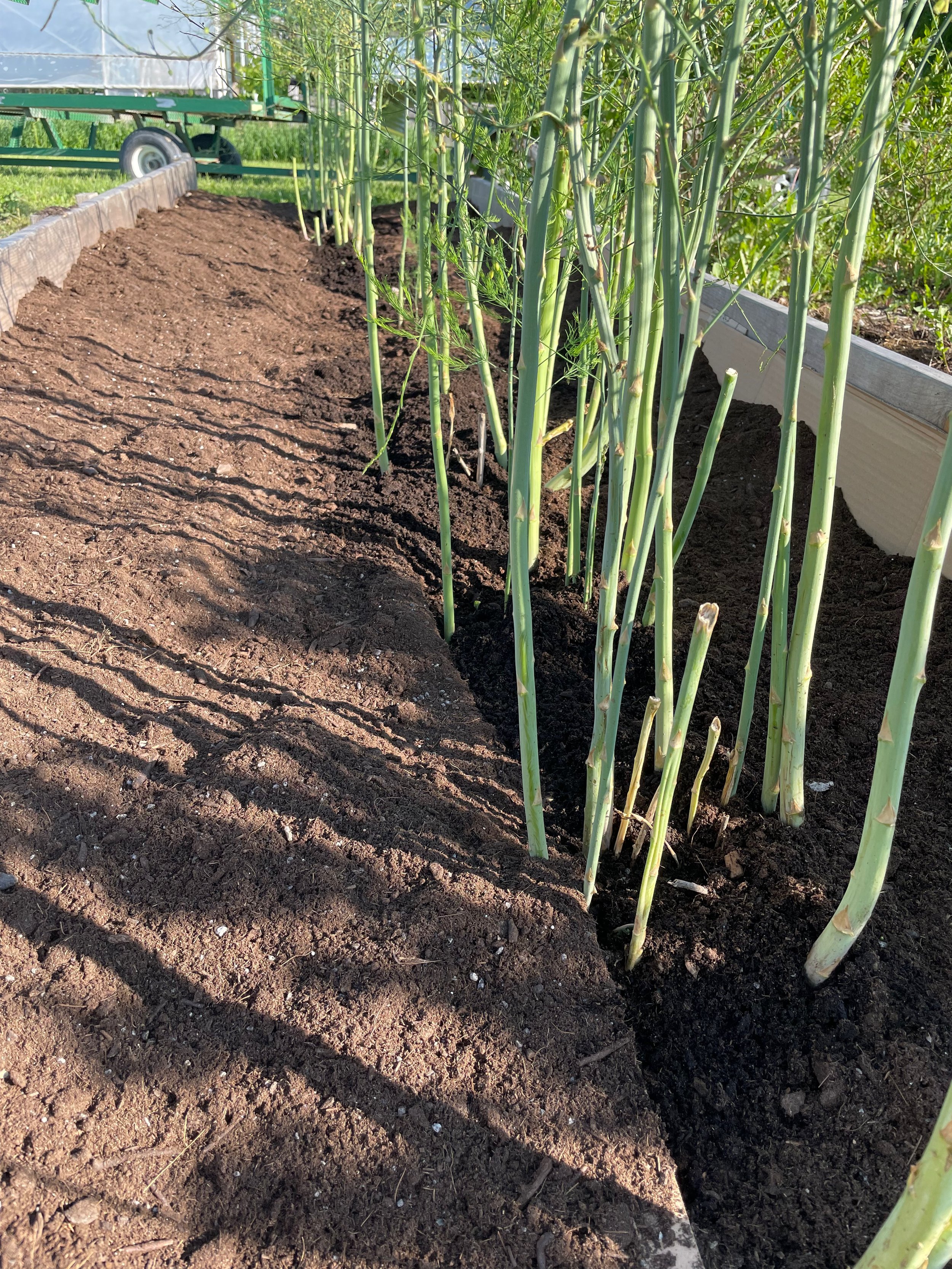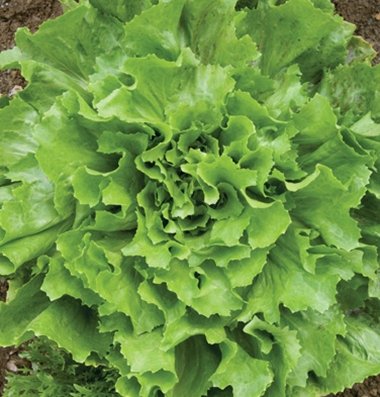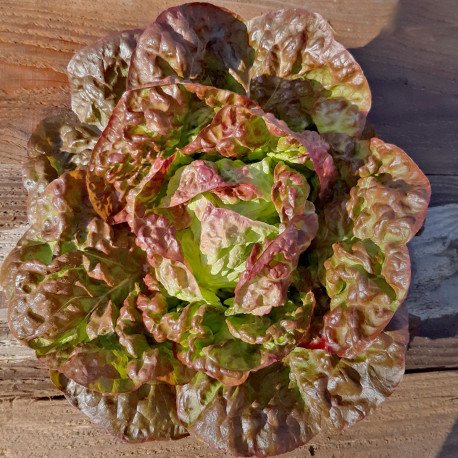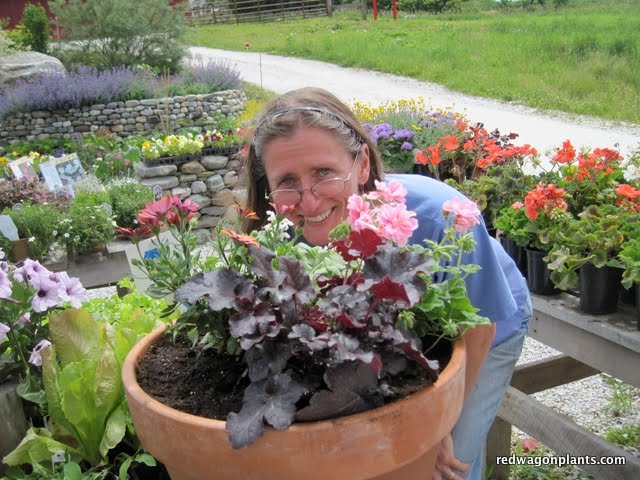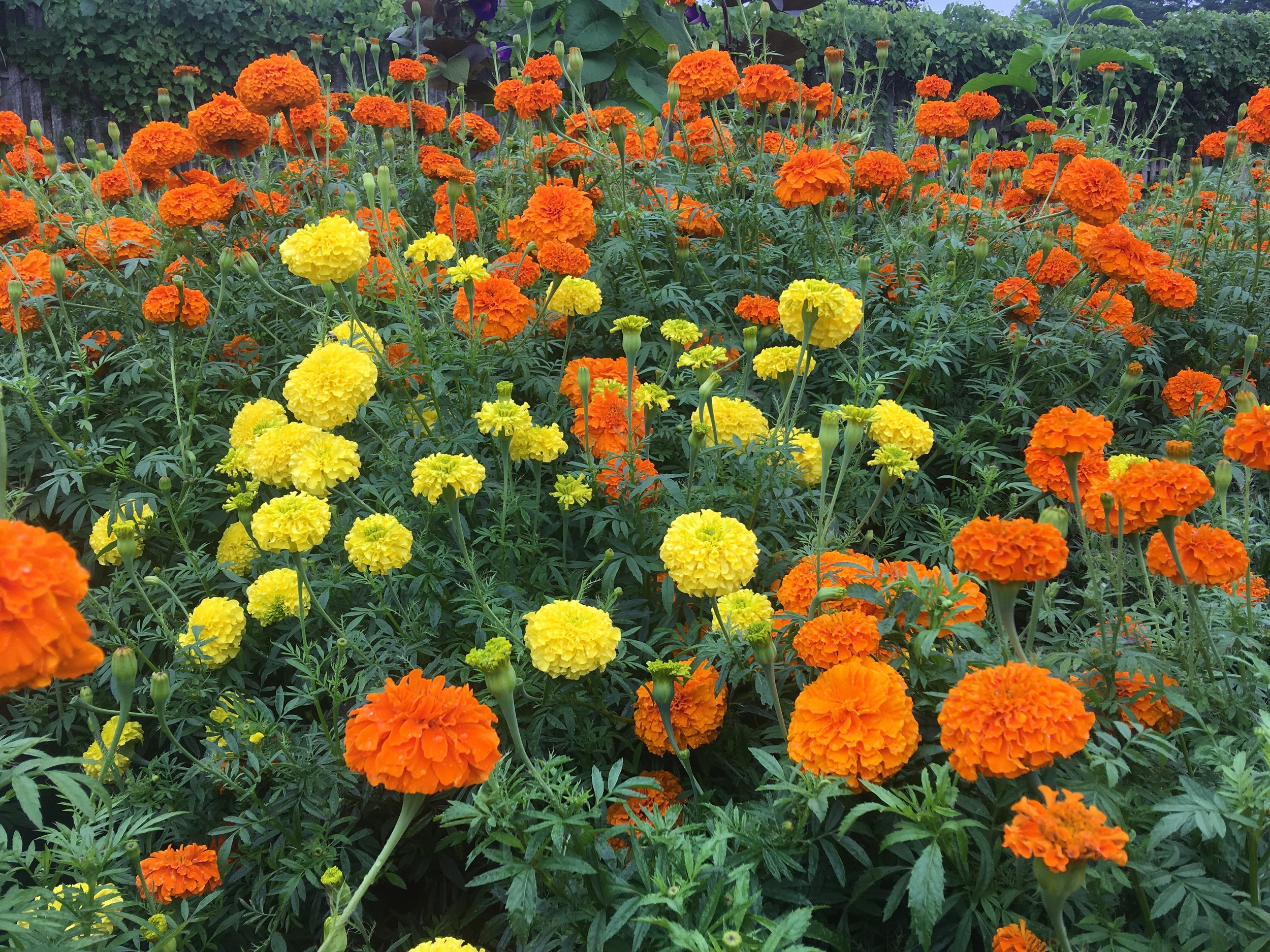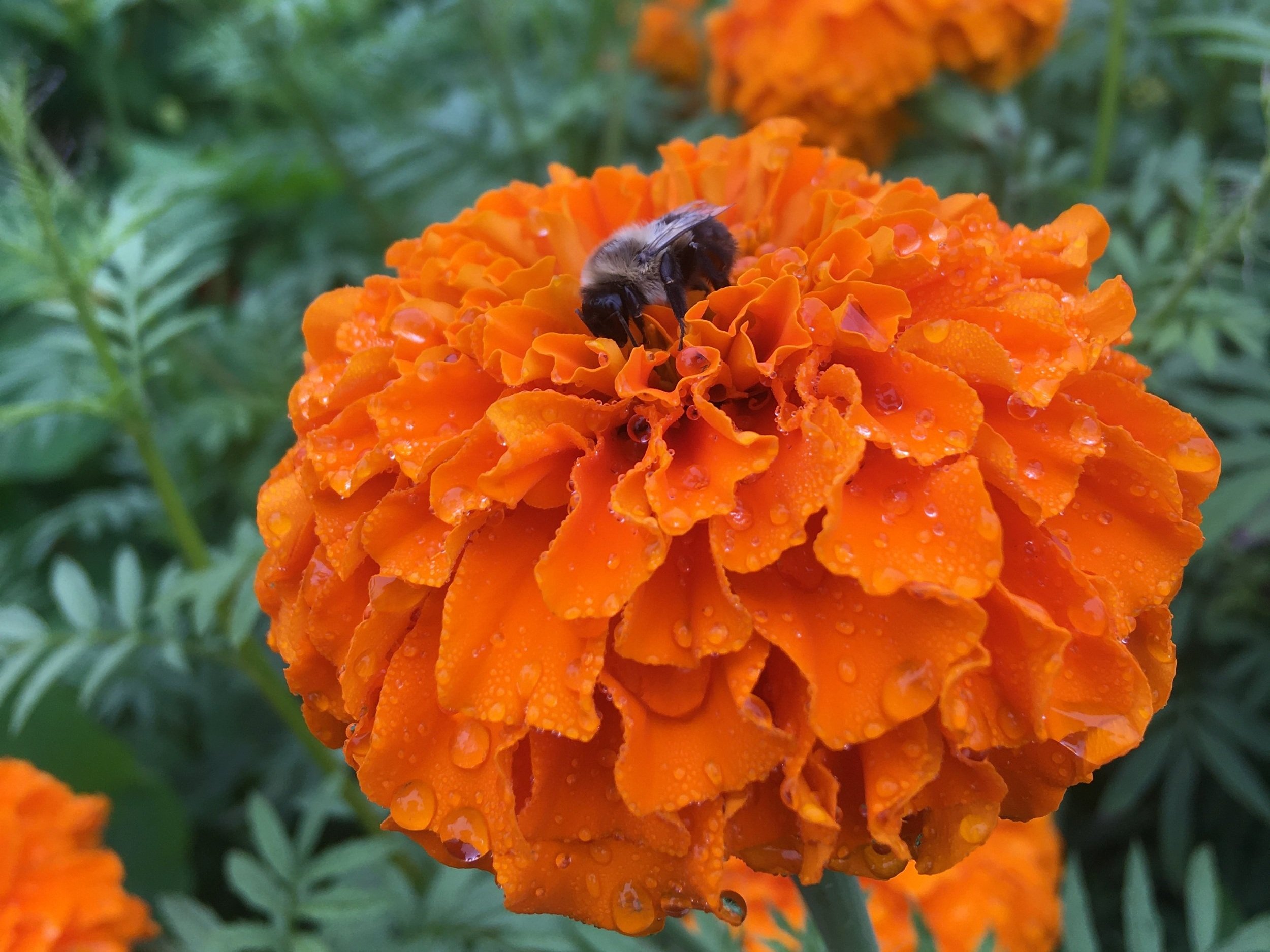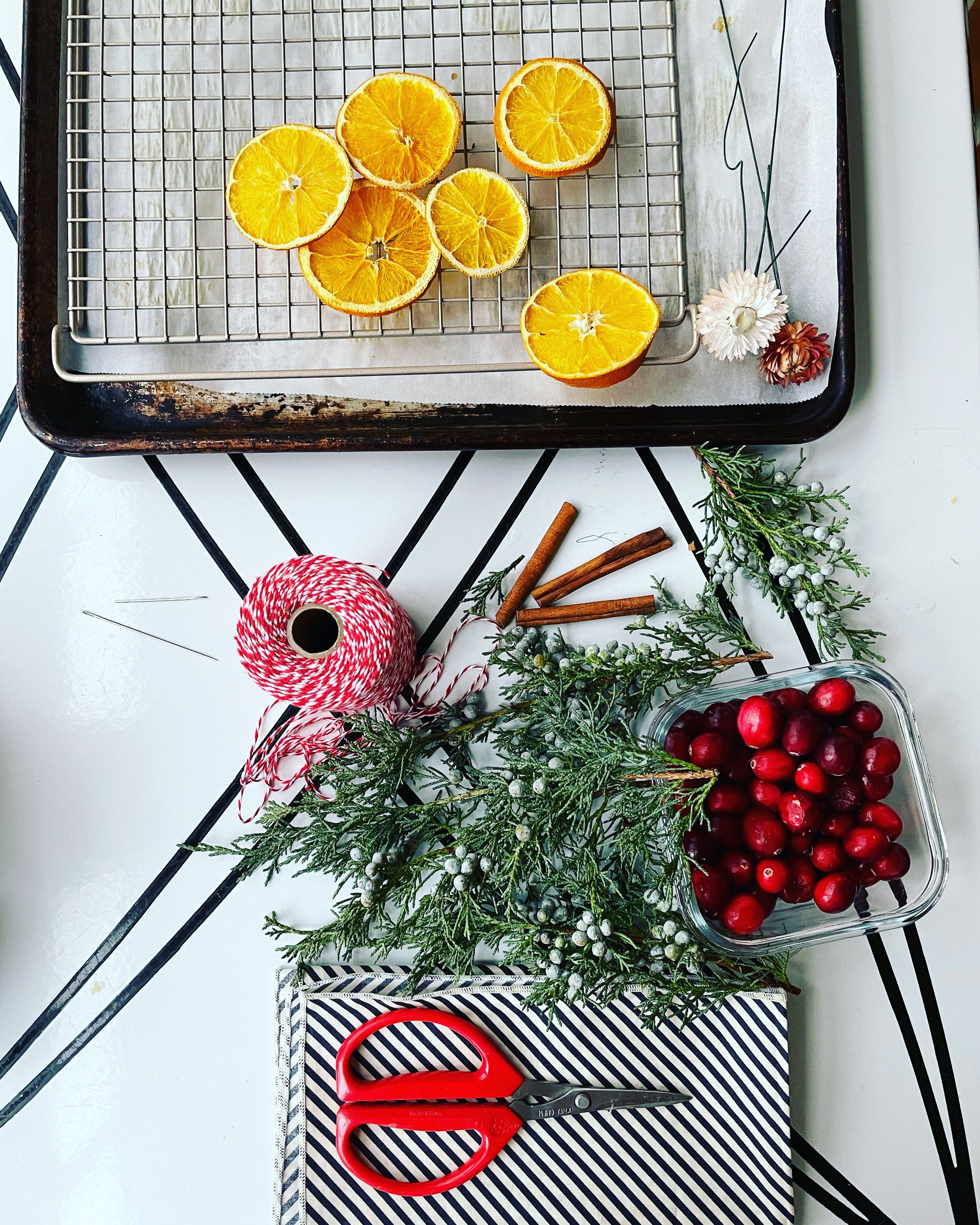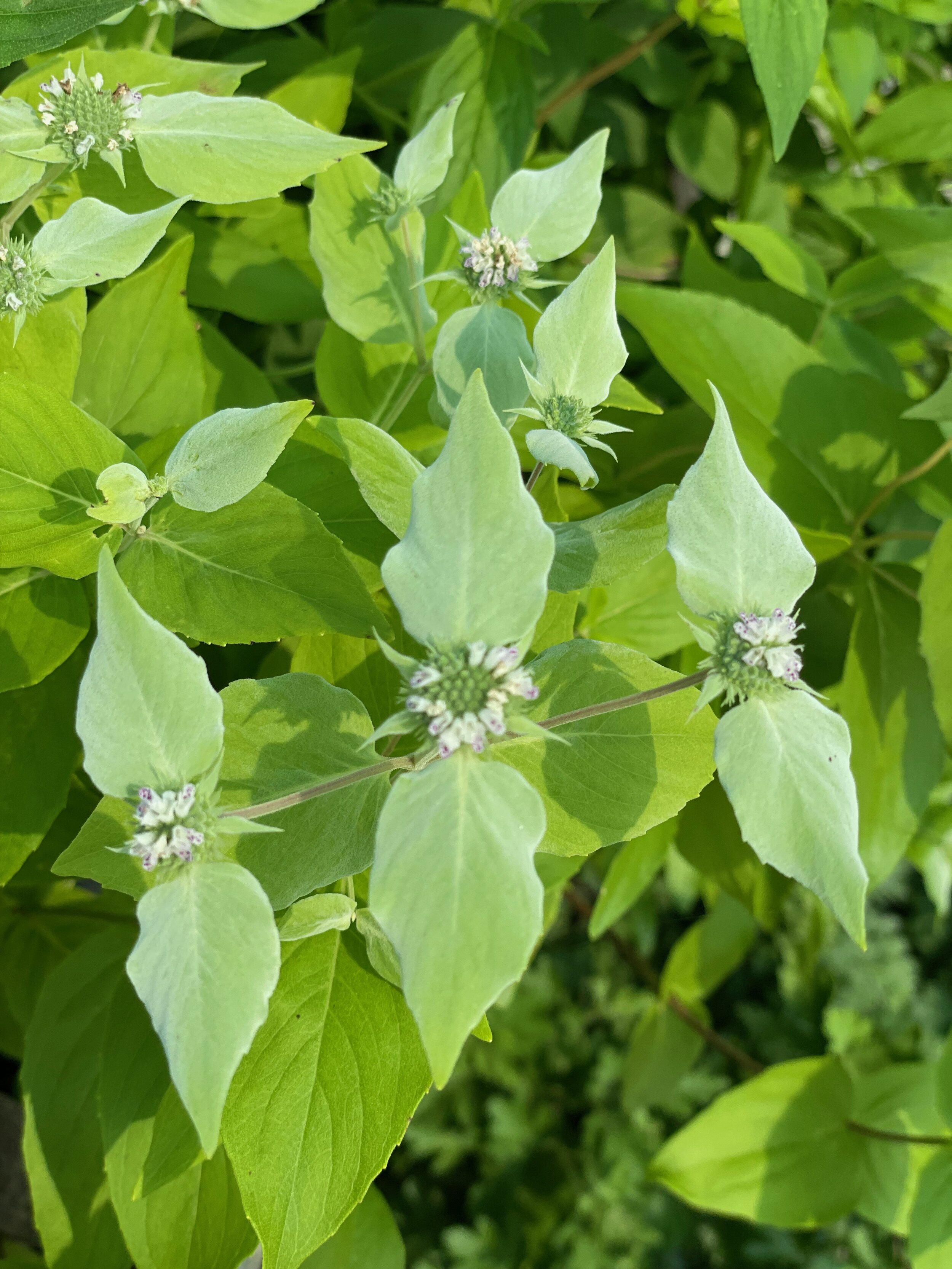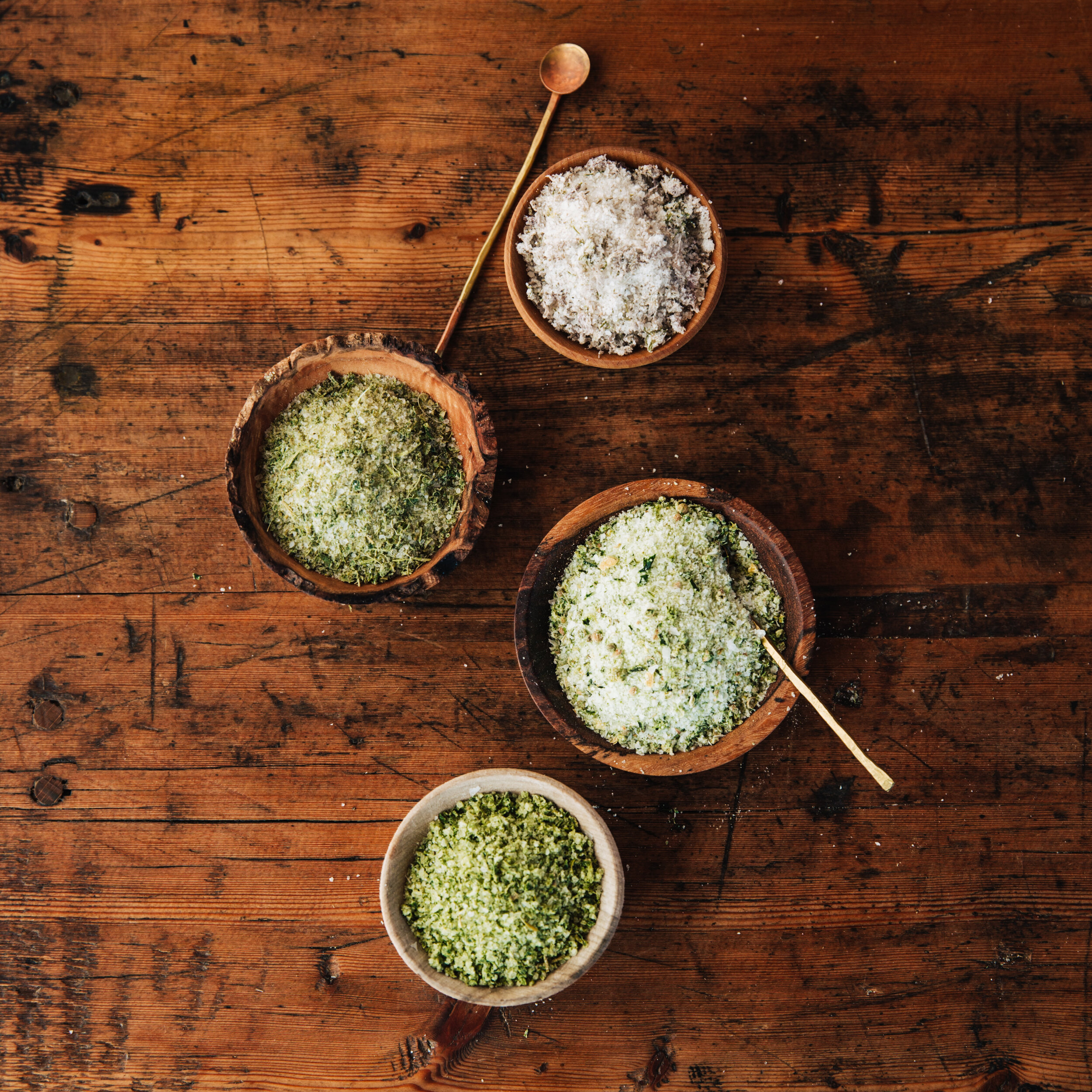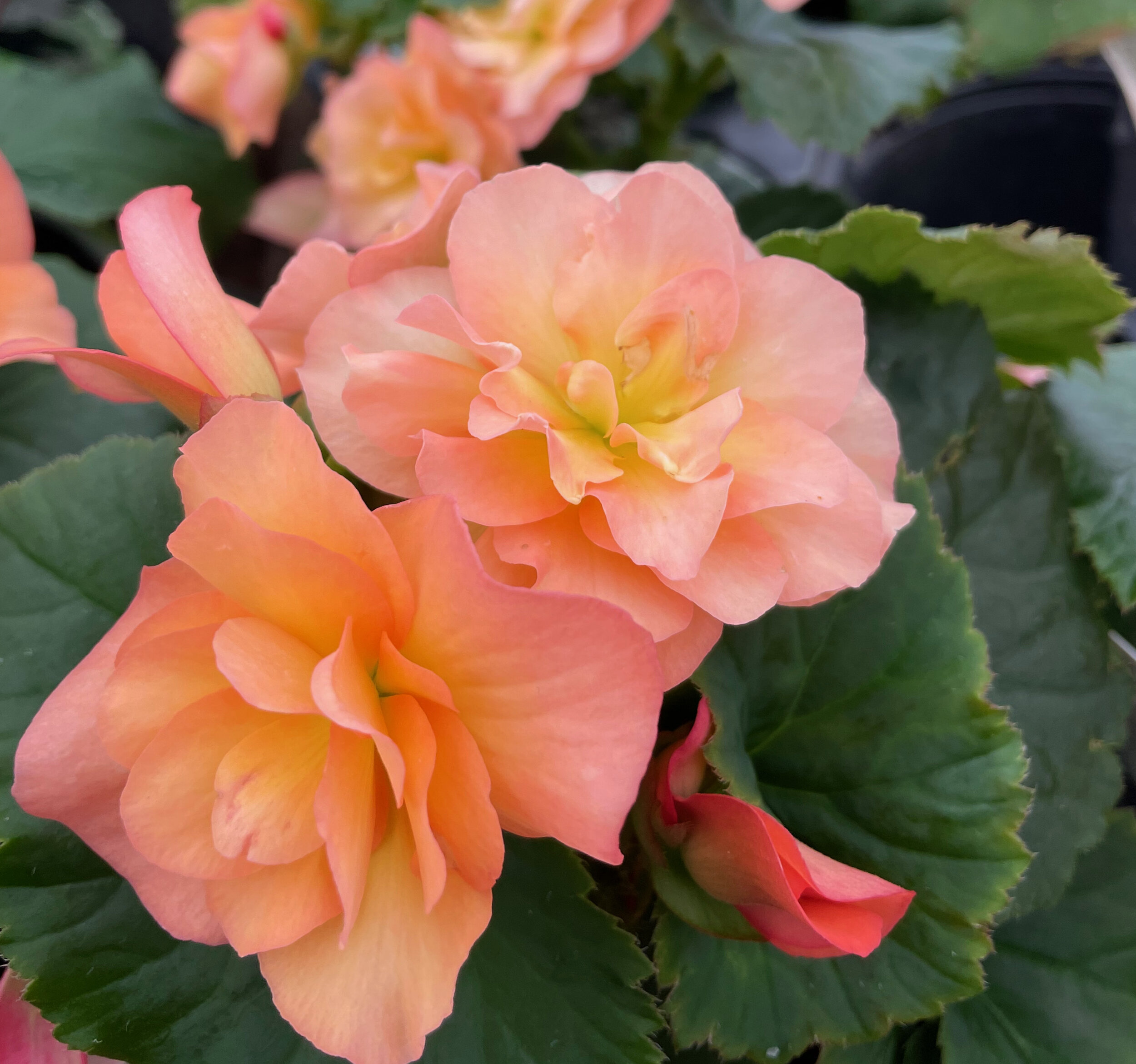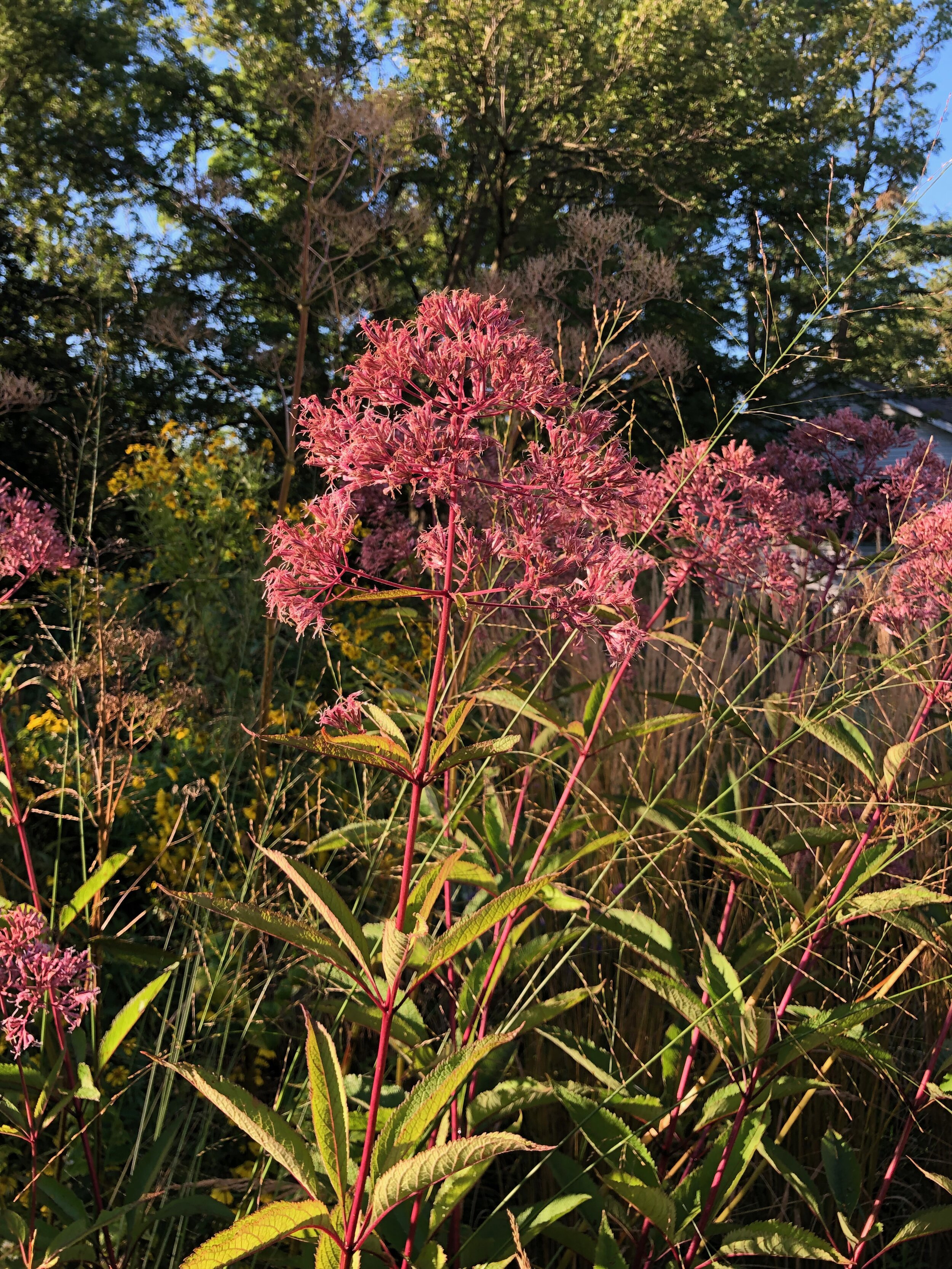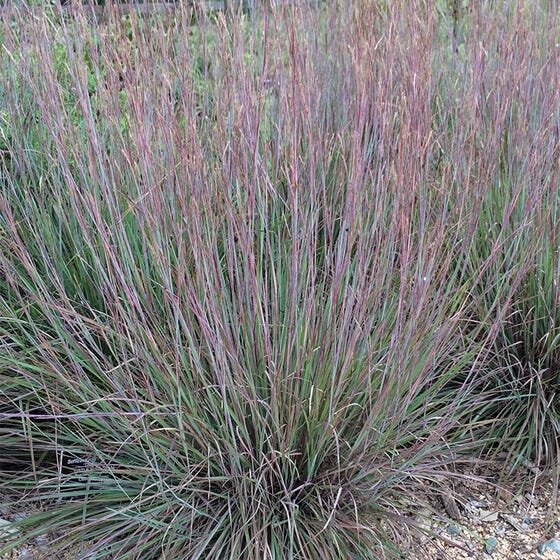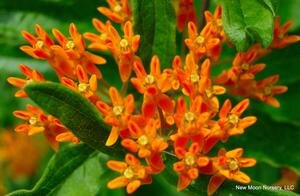Tomato Harvest
This year, to evade blight, I planted three tomato plants in pots on the south side of the house.
The Green Zebra went in last, because all the plants had sold out amid the pandemic rush
to imagined self-sufficiency in late May.
A week or two earlier I’d bought a Sun Gold
and the Paul Robeson, each maybe six inches tall, from Julie R., whose father came to Vermont from France and baked the best bread anybody around here ever tasted. Julie’s greenhouses are miracles of care and warmth, the tiny heirloom seeds laid down into cells months before we flock to buy them.
Now the three plants have grown so much
they entwine and escape their cages, fruits
turning ripe every day, faster than I can imagine how to eat them. No canning, probably
no freezing—these fleshpots deserve more
than thrift or prudence. Every day
I pick seven or eight of the small, orange Sun Golds and eat some before I go inside.
I roast them, sauce them, cut them in half
to expose the seeds and jelly. The Zebras
are tricky—they can turn yellow and soft overnight, and the trick is to eat them before they lose that subtle bite, the citrus edge that sets them apart from any other tomato. I avoid cooking them, though maybe I shouldn’t— it makes me feel innocent to eat them
plain with salt.
But the Robesons are my favorites—rarer,
redder, bigger, darker. Thin-skinned, almost always cracked across their olive-green shoulders,
and when sliced across the grain,
there’s a universe inside. They taste smoky
and sweet and stay on the tongue.
When I harvest them, I have to cut the stem carefully, and hold each fruit in two hands.
But the plants are hardier, can stand
some cold, because they were bred in Siberia,
no one seems to know exactly when or where.
Somehow, I imagine it was a woman who created this tomato, as it was a woman, Marina Danilenko,
who, with her mother, started the first seed company in Russia
in1991 after the fall of Communism,
and brought the seeds of the Pol Robeson to America. The young women farmers at my local Saturday market grow them now, and they’ve never heard of Paul Robeson, even though they probably have a Black Lives Matter sticker on their cargo van.
They don’t yet know his father was a minister
who’d escaped slavery, his mother a Quaker,
that he was born in Princeton but wasn’t admitted to the university because of his skin color, that
he was a football star at Rutgers,
that he earned a law degree from Columbia
but couldn’t stomach the racism he encountered in the law, so turned to acting and singing.
That he played in the NFL, then played
Othello on Broadway, that he changed the lyrics to Ol’ Man River, that he made more than a dozen films before he eventually stopped taking demeaning roles, that he traveled to Spain during the Civil War
and sang for the International Brigades
and went to the Soviet Union many times,
where he said, “This is home to me.”
That he used his celebrity to fight lynching,
support white steelworkers,
and promote anti-colonialism in Africa and Aboriginal rights in Australia.
Until I grew this tomato I didn’t know, either,
that he had an affair with an English actress
that almost destroyed his marriage, that he ended segregation in Los Angeles hotels by sitting
in the lobby of the Beverly Wilshire every day
he stayed there, that he was never a member
of the Communist Party but was hauled before the HUAC, where he said, “Whatever has happened to Stalin, gentlemen, is a question for the Soviet Union.…
You are responsible, and your forebears,
for 60 million to 100 million black people dying in the slave ships and on the plantations,
and don’t ask me about anybody, please.”
I didn’t know that he was blacklisted, that his films and records were soon hard to come by, that
his passport was confiscated for several years
so he had to sing over a telephone cable to 5,000 people in England, or that when he went to court and won his passport,
he left the US and was hospitalized
in London for heart problems and manic depression, then tried to kill himself in a Moscow hotel after a wild party.
For years he was dogged by the CIA, MI5, the FBI, treated in clinics with drugs and electro-shock therapy, until he came back to America and retired. He argued with James Farmer and Bayard Rustin over his political beliefs, never renouncing Stalin, and lived with his sister in Philadelphia,
in seclusion, until he died in 1976.
He was a complicated man, and I’m in tears now, just thinking about his life,
what he did and didn’t do, what he could
and couldn’t do. What I’ve done,
and not done.
The tomato sits on my cutting board,
waiting for me to slice it open.
Anna Blackmer
September, 2020


